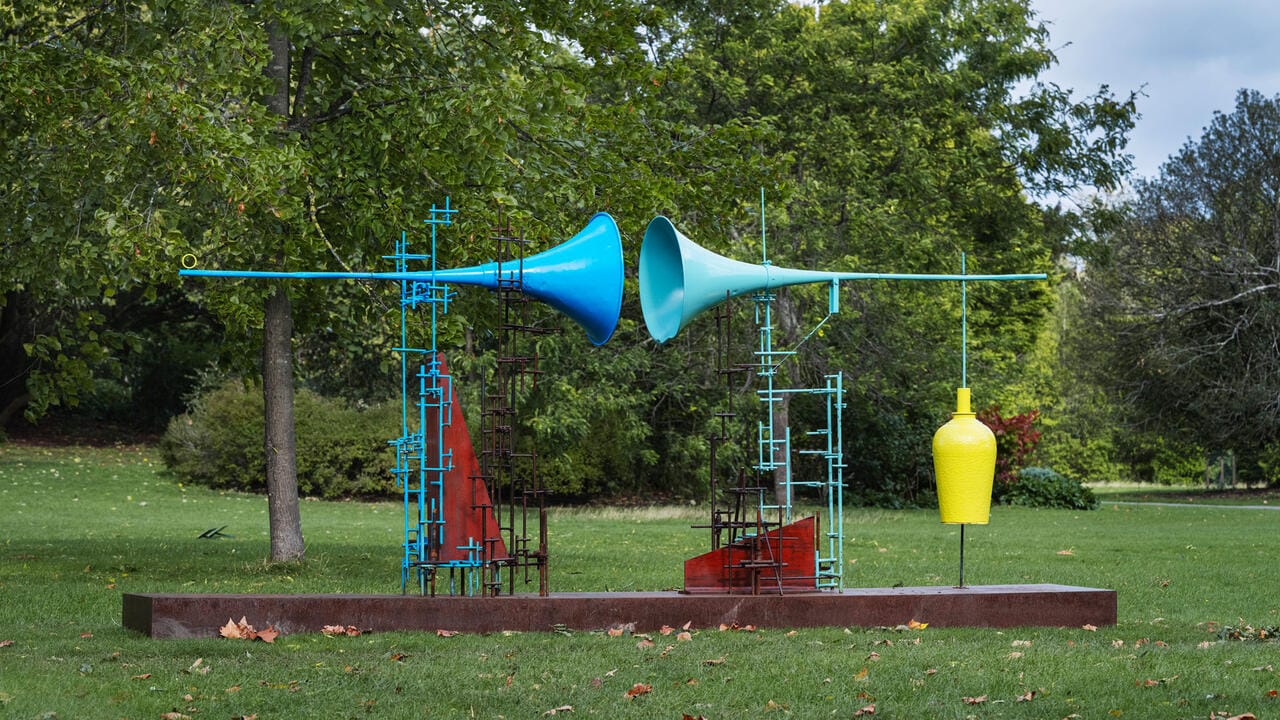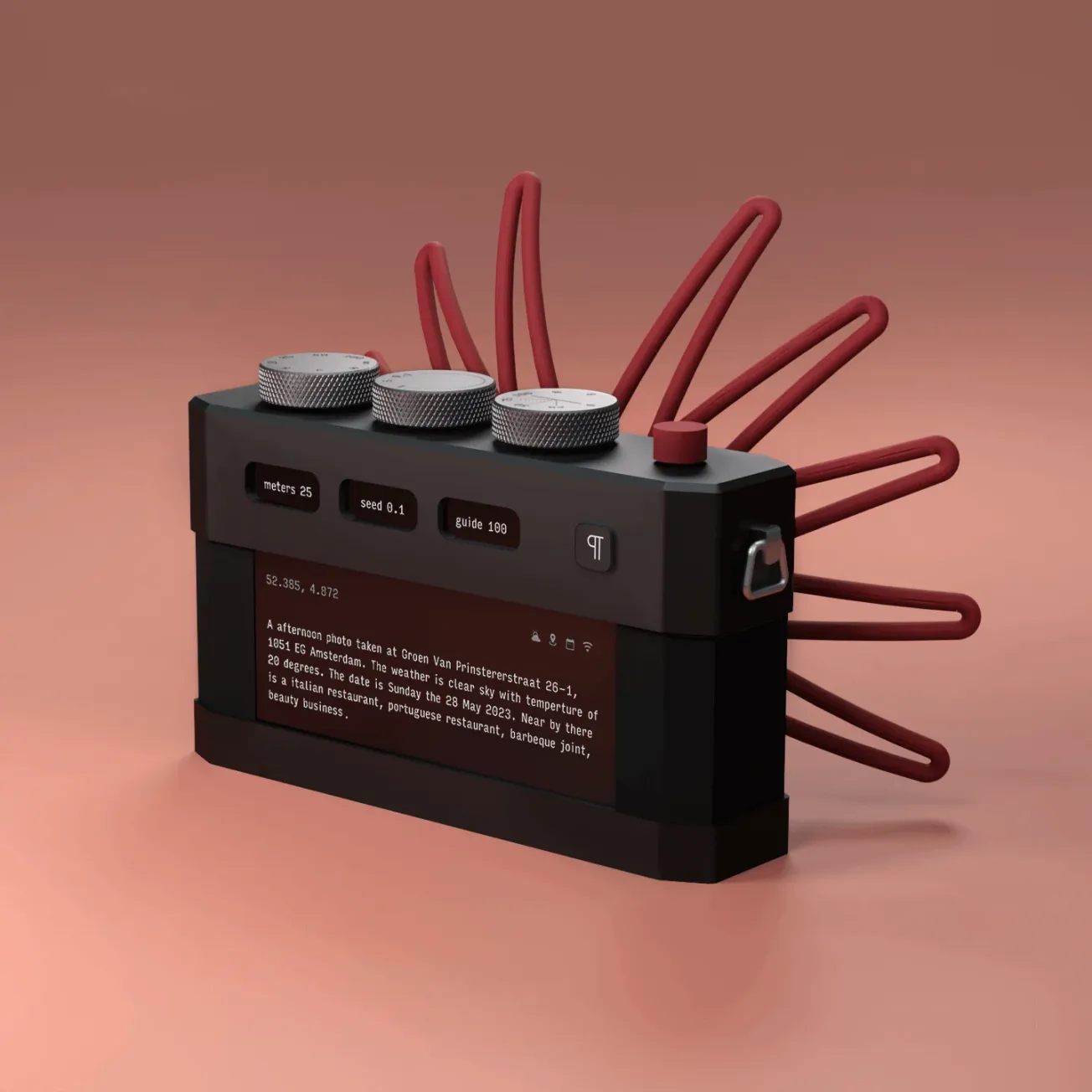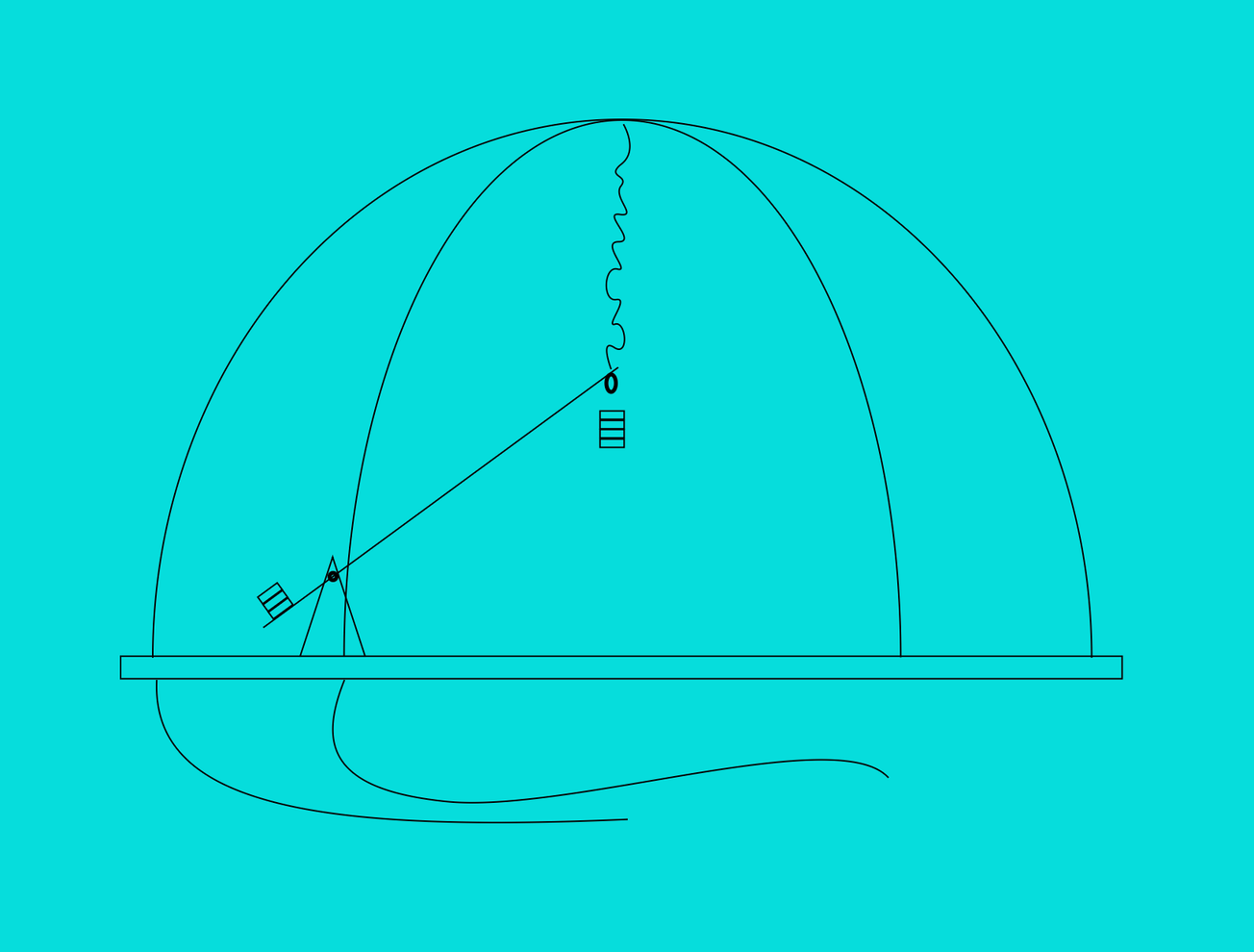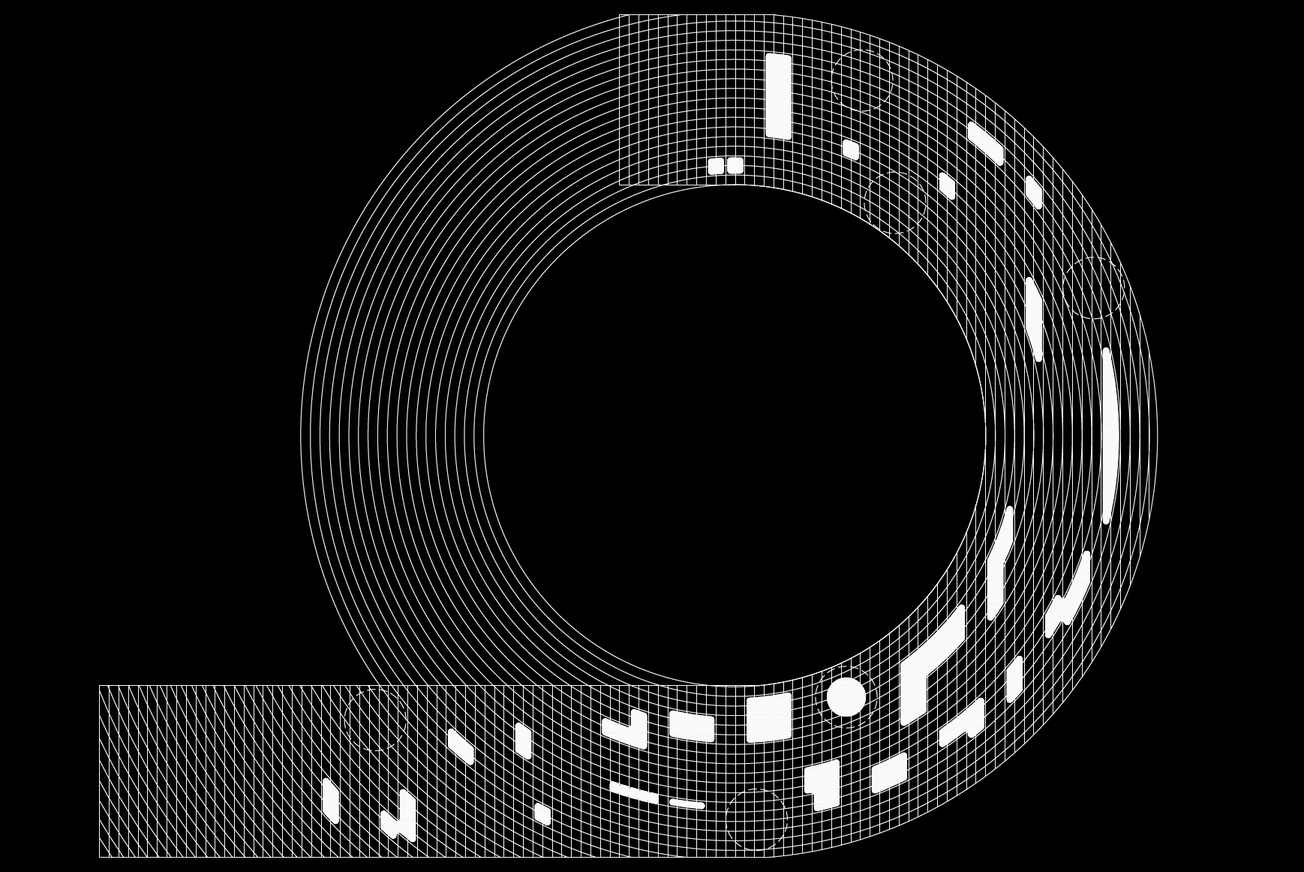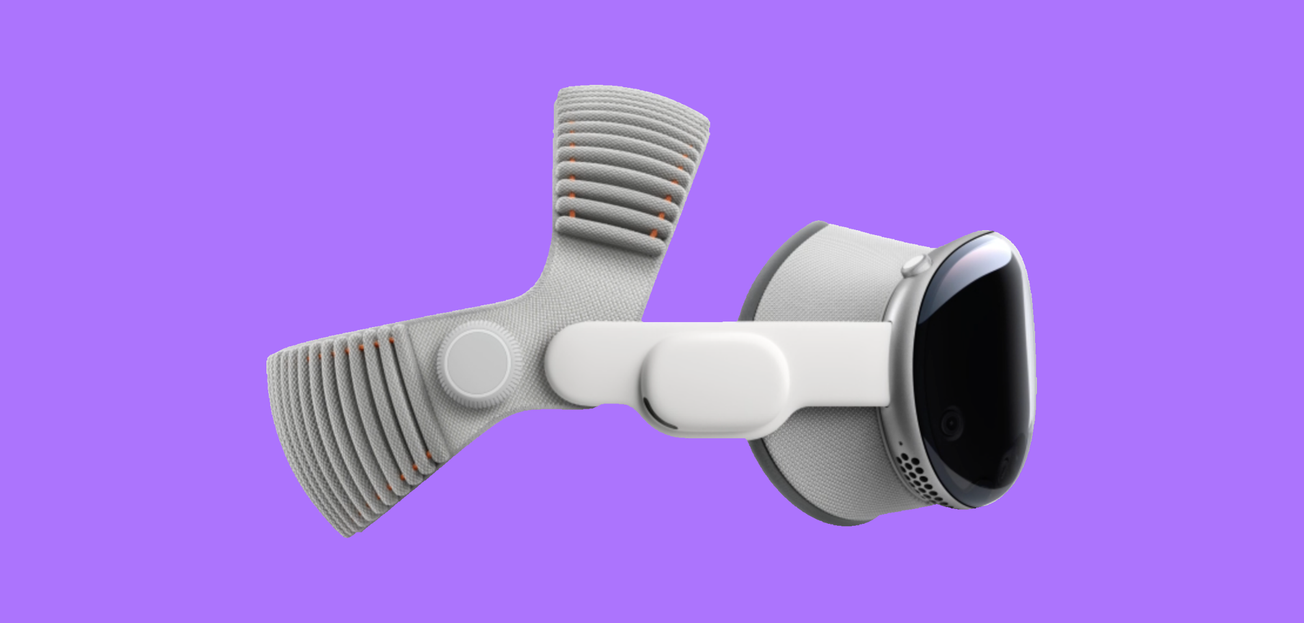A month after its highly publicized launch, ChatCanvas—Lovart’s AI-powered collaborative design workspace—has shifted from hype cycle buzz to early field tests in studios and startups. For a design-savvy audience, the question now isn’t what ChatCanvas can generate, but how it is beginning to reshape actual workflows.
Early adopters report that ChatCanvas’s strength lies in compressing multi-stage processes into single sessions. Branding systems, social assets, and even motion graphics can be generated and iterated in minutes through conversational prompts. This fluidity has made it attractive for prototyping and ideation, where speed and variation matter more than polish. But in production environments, its outputs still require post-processing in established tools like Figma, After Effects, or Illustrator.
The platform’s underlying Mind Chain of Thought (MCoT) engine gives it an edge by maintaining design context across sessions, something Adobe Firefly or Figma’s AI features don’t yet fully deliver. That memory makes ChatCanvas more than a generator—it begins to function like a creative partner that “remembers” brand rules and design preferences.
Still, adoption remains cautious. Agencies are experimenting with ChatCanvas for client pitches and rapid iterations, but few are replacing established workflows. Its biggest challenge may be interoperability: unless it integrates seamlessly with existing ecosystems, it risks becoming a powerful but siloed tool. One month in, ChatCanvas has demonstrated its potential to accelerate creative ideation while raising new questions about authorship and labor. For now, it looks less like a wholesale replacement and more like an early signal of how conversational AI could embed itself into design pipelines—a development worth tracking closely.




